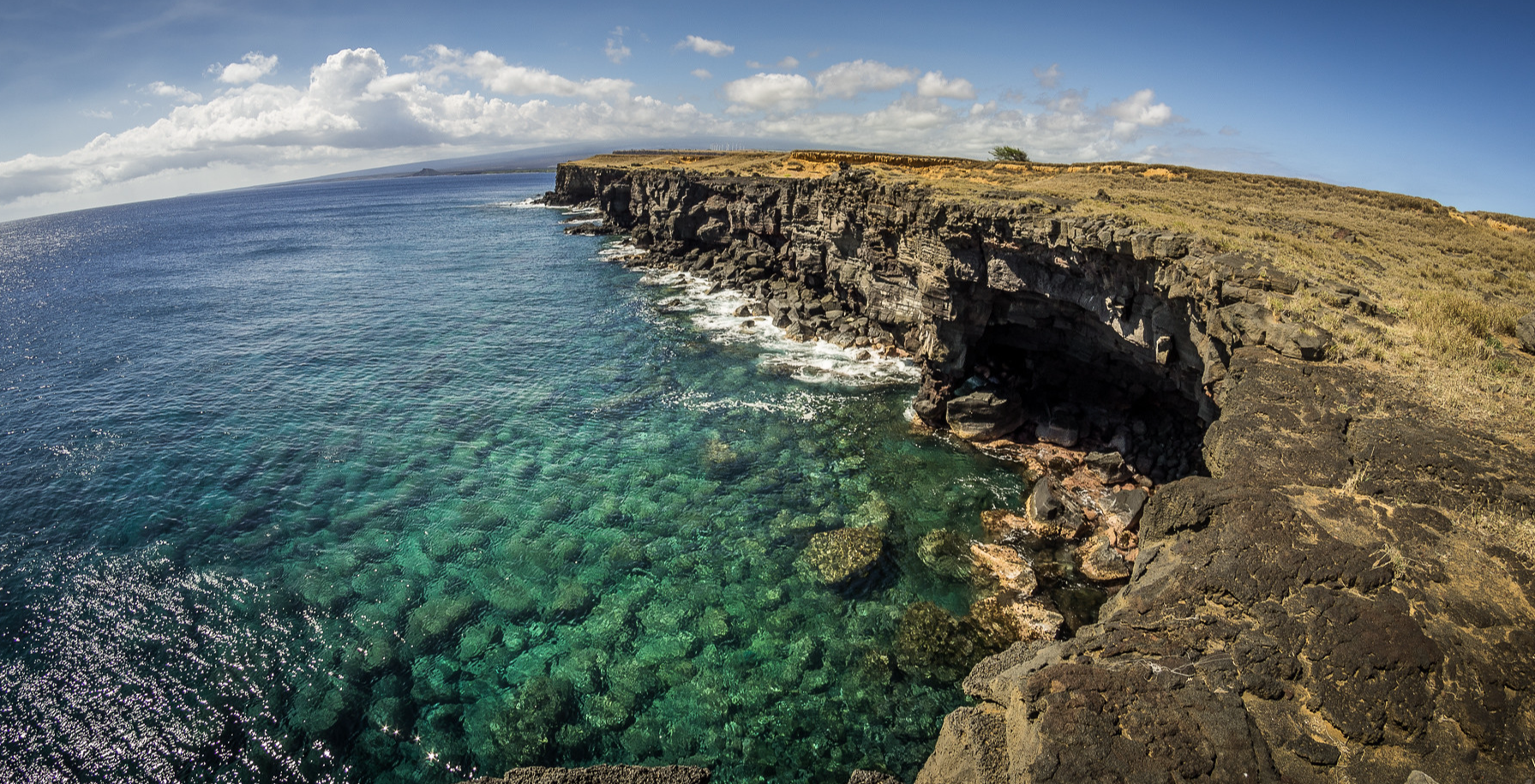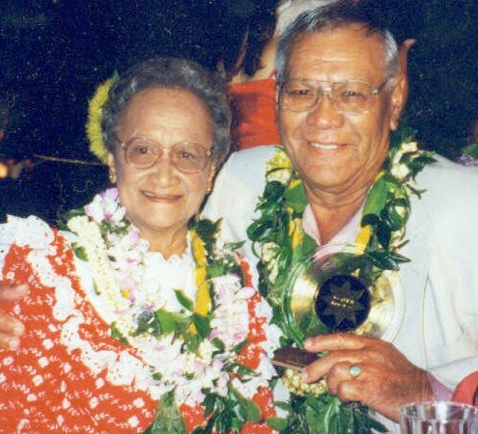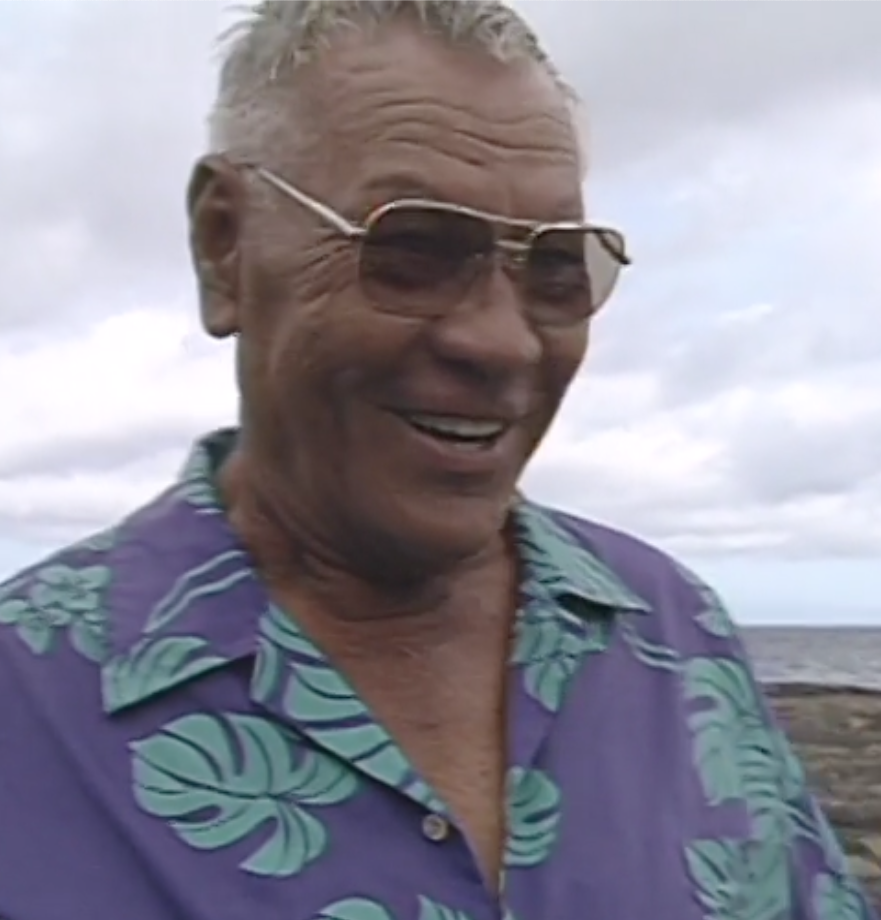Kamuela Kumukahi
Stories of Kalae and Nīnole

Kamuela Kumukahi was reclining in the shade of a mango tree on his riding lawn mower when his daughter, singer Kuʻuipo Kumukahi, brought Puakea Nogelmeier to meet him for the first time, walking him through the verdure of their family homestead in Aleʻamai, Hilo. Puakea didn't expect to be invited back two days later to record Kamuela for Ka Leo Hawaiʻi. He said the connection was immediate, "From day one, we just hit it off." This began a lifelong friendship and family bond with Kamuela eventually claiming Puakea as his keiki hoʻokama, or adopted adult son.

Kamuela and his wife Ululani.
Kamuela and his wife Ululani.
It was this close relationship that opened the way for the moments captured on video and shown below. In 1995, Kamuela took Puakea, Aunty Lolena Nicholas, and a film crew of various folks to Kaʻū to walk the ʻāina and share the stories of the places he knew.
Kamuela was from Okoe, but lived in Punaluʻu from about seven or eight years old until 15 and knew several stories of Kaʻū, many of them shared with him by his own tūtū, Lohiʻau. Below are three short clips where Kamuela shares some of these stories, a small fraction of the great wealth of knowledge this man held.

Kamuela Kumukahi
Just as fascinating as Kamuela's knowledge of place is his way of speaking. His puana (pronunciation), kiʻina leo (intonation), and particular way with language come from a time now long passed. Those of us who connect with mānaleo largely through the audio archives do not often get to see these speakers in all their beauty. Facial expression and body language say so much that words don't. Enjoy these short clips that give a window into the world of a man for whom ʻōlelo Hawaiʻi was the language of life.
*Ensure your volume is up for videos.

Kamuela Kumukahi
Kamuela Kumukahi
Kauwale and Kōloa flirt and the ʻiliʻii hānau are plentiful
Kamuela Kumukahi talks about how the bubbling waters of Kauwale and the rustling pebbles of Kōloa flirt.
Kōlea, ʻenuhe, and ʻiole liʻiliʻi
In winter, if the kōlea were startled, they would take flight and the sky would blacken because there were so many. In March, the ʻenuhe (caterpillars) would be so abundant they'd get blown over the cliffs and be fed on by the fish. And in September, the mice were so numerous that they would cover the land, eating grass seeds by the bucketfuls, drinking water and getting swollen bellies.
Kupua ʻEnuhe
An ʻenuhe kupua who comes out at night is caught eating all the palula. Pehea i loaʻa ai?

